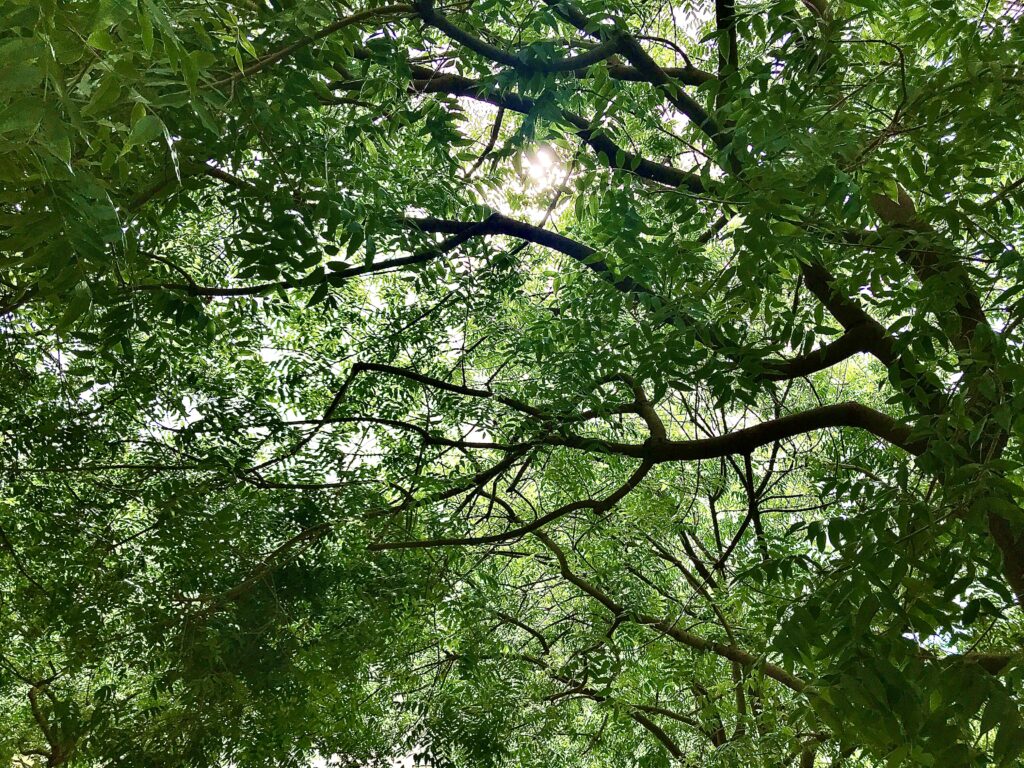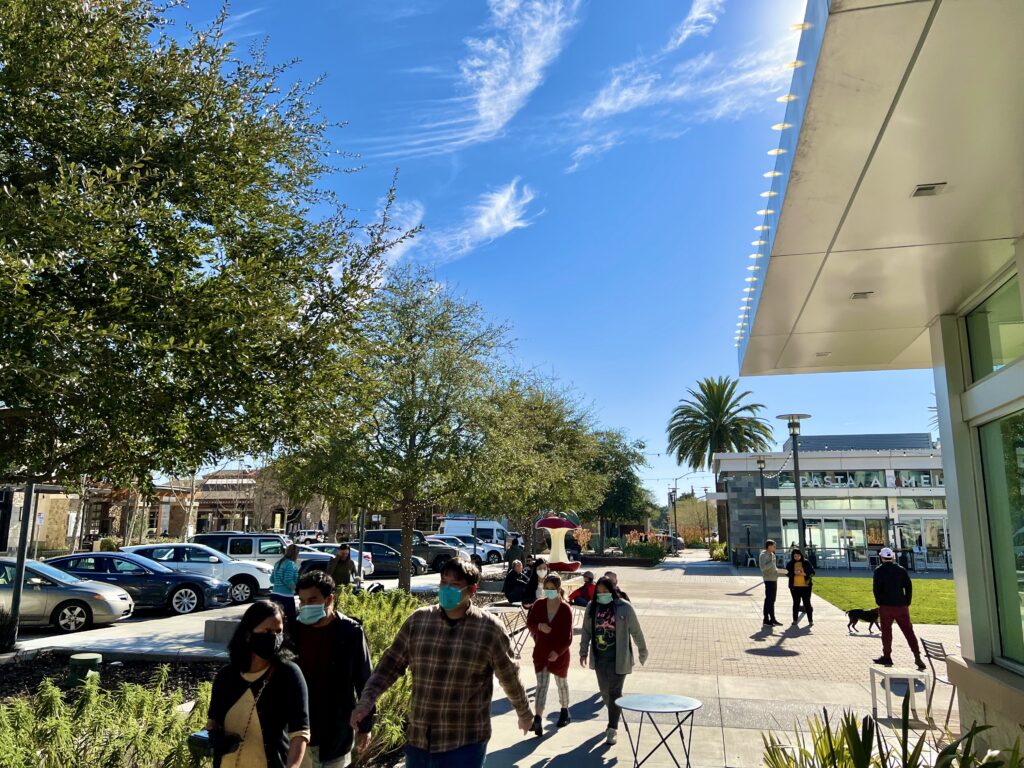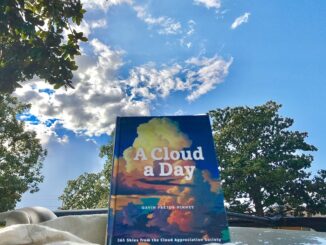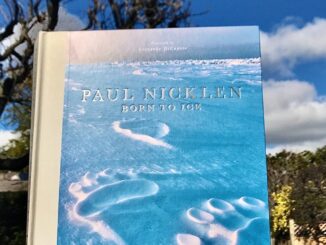
As cities are built, we transform vegetation into infrastructure. The Philippines is East Asia’s fastest urbanizing country with 65% of its people in cities. By 2030, Metro Manila will be 91% built up but will only have 8% green space.
Rising global temperatures bring longer heatwaves and droughts. Asian summer temperatures will rise by 6°C, faster than the average 1 to 2°C. Average Philippine temperature is 27°C, but there will be days it exceeds 35°C. It can get ten times hotter in cities than in rural areas. (Asian Development Bank)
As we build, replanting trees and rebuilding forests should be our cities’ first line of defense against global warming. Trees can cool cities by 2°C to 8°C. When planted near buildings, trees can cut air conditioning use by 30%. One large tree can absorb 150 kg of carbon dioxide a year, as well as filter some of the airborne pollutants, including fine particulates. (United Nations Urban Forestry)
In China, mixed forests of different tree species was found better than planting just one kind of species to mitigate UHI. Native plants are hardier and more resilient and require less care.
If we plant trees and create more parks and green spaces, there will be less structures within that area, and this will allow air circulation to cool the city.
“Incorporating parks, green roofs, and bodies of water into the design of the urban environment magnifies the cooling effect of wind and leads to even lower levels of energy consumption and consequently air pollution.” (ADB)
Trees also provide much-needed shade which feels 15°C to 20°C cooler. Effective canopy size is at least 40% coverage of the plot. Bigger is better. Shade reduces property deterioration from continuous sun exposure.To achieve the best cooling intensity, parks should be at least 130 m big. Tree volume had the highest impact on night UHI intensity within 40 m and a one degree reduction in temperature was predicted for an increase in the tree canopy volume of 60,000 m3. Buildings and homes were cooled better when tree canopies were wider and there was more vegetation nearby.
To achieve the best cooling intensity, parks should be at least 130 m big. Tree volume had the highest impact on night UHI intensity within 40 m and a one degree reduction in temperature was predicted for an increase in the tree canopy volume of 60,000 m3. Buildings and homes were cooled better when tree canopies were wider and there was more vegetation nearby.
A 10% increase in vegetative cover planted strategically in cities can lower and regulate temperature rise from climate change. City design should incorporate as much plants as possible, like vertical and roof gardens which can grow in limited spaces.

What cities can do
Philippine forest resources make up 53 percent of the total land area but less than a quarter remain forested. The growth in rural populations and rural poverty have placed further stress on forest resources.
Native plants and trees thrive best when multiple species grow together in a dedicated area such as parks, small plots, and green pockets around the city. This encourages biodiversity and hardiness as the species help each other to survive. Native plants are hardier and more tolerant of the country’s climate so it can better withstand the harsh elements of city living.
It’s not enough that we plant trees and create parks. We also need to dedicate zones strictly for conservation and our protection.
Urban green spaces in public areas with a size of more than 20,000 m² must adopt a zoning plan indication specific areas for strict conservation and protection. This runs parallel to the…National Integrated Protected Areas System (NIPAS) Law (RA 7586). Likewise, the various functions in the urban biodiversity station must be properly delineated to allow appropriate management requirement…These include strict nature reserve, special area, whether for passive and active recreation, among others.” (Gonzales & Magnaye)
Urban planning to meet the demands of climate change is a concerted effort among the government, the residents, and urban planners that require training, education, and communication to raise awareness.
ADB recommends that cities secure sufficient public space in advance and to plan a system of public spaces and well-designed streets. The provision of planned green spaces—9 sq m per capita as recommended by the WHO and within a 15-minute walking distance—is seen as an essential ingredient to improved environmental conditions.
A well-designed compact green space adjacent to a public transport node has many benefits. Aa well-connected grid supports public transport and decreases congestion. Thus, spatial planning can reduce the need to travel which lessen carbon emissions.
Just as humans brought about global warming which now endanger our cities, we can still do much to alleviate its impact by increasing vegetation. The benefits are numerous and essential to our cities’ survival against climate change.
“Consequently, due to the range of environmental services they afford, urban green spaces can be viewed as a public good.” (NCBI)
@IvyDigest
.
The Largest Weekly News and Business Magazine






